A/B Testing Fundamentals
Understanding A/B Testing
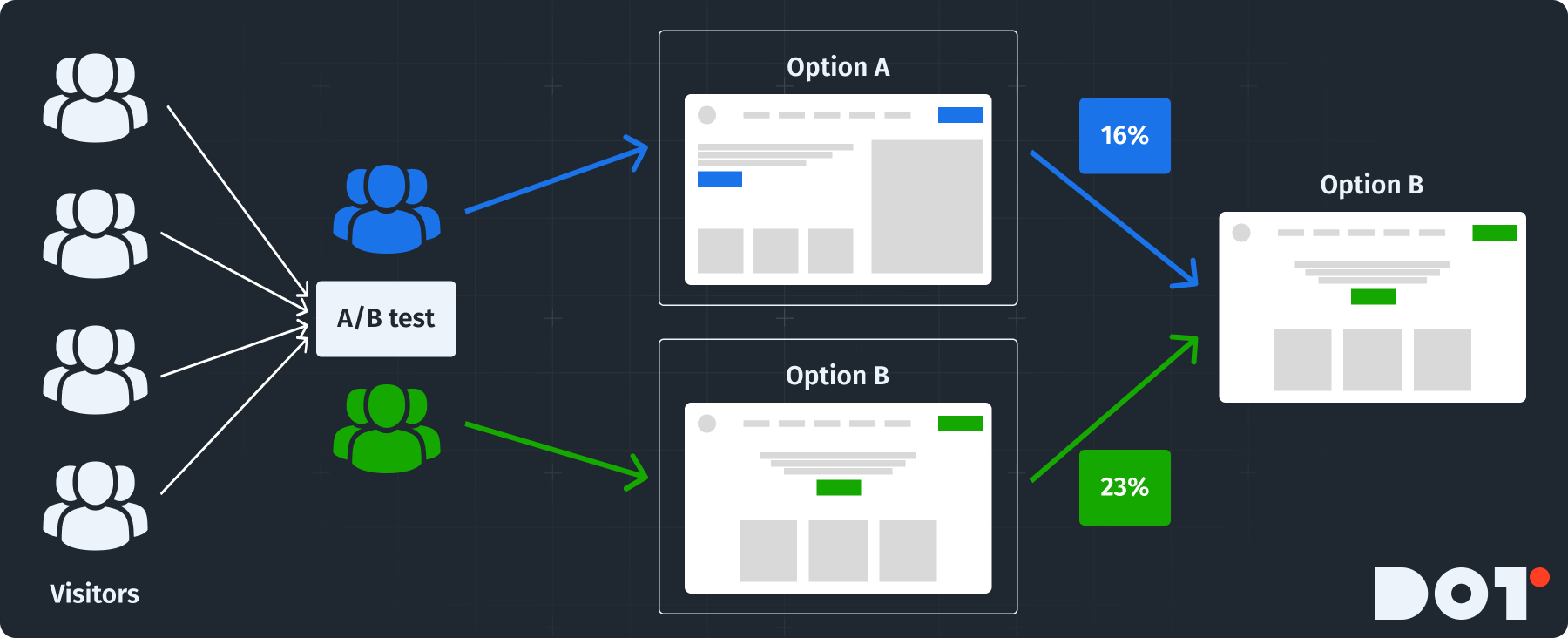
A/B testing(AB Testing Training), also called split testing, is a way for businesses to compare two different versions of a webpage, email, or marketing material. This helps them see which version works better for user engagement or achieving specific goals. As part of effective ab testing training, it’s vital to understand the true impact of your tests on user behavior and to employ various A/B testing techniques to enhance results.
To do an A/B test, you create two versions of your content. For example, if you want to test a call-to-action (CTA) button, you’ll make Version A with the original button and Version B with a new design. Then, you run both versions at the same time, directing equal visitors to each version. Regular ab testing training helps teams become more proficient in setting up and conducting these tests effectively, which contributes to overall conversion rate optimization training.
The biggest benefit of A/B testing is that it gives you real data about how users behave, rather than just guessing what might work. By looking at the data from both versions, you can make smart decisions about what works best for your audience. Just remember to do the test over a certain period and choose a random audience to get the best results. Those who undergo comprehensive ab testing training often report improved decision-making skills based on data analysis, fostering a culture of data-driven decision making.
Why A/B Testing Matters
A/B testing is very important in today’s online world. Businesses that use A/B testing often see higher conversion rates, better user engagement, and happier customers. Companies that invest in ab testing training build a strong foundation to understand their audience and improve their marketing strategies through effective split testing strategies.
By A/B testing, companies can learn what their audience really likes. For example, if one landing page design has more conversions than another, it shows that users prefer that design. This can happen because the page looks good, the information is clear, or it is easy to use. This better design can lead to making more money. Attending ab testing training sessions can also motivate employees to engage in more data-driven practices as they learn about user experience testing.
Additionally, A/B testing helps prevent mistakes. By testing changes before fully launching them, companies can avoid making big errors or confirm that the changes will work. A/B testing also encourages teams to make decisions based on data. Regularly A/B testing helps teams learn what is best for users and improve over time, something emphasized greatly in ab testing training programs and the application of an experimentation framework.
Implementing A/B Testing
Setting Up A/B Tests
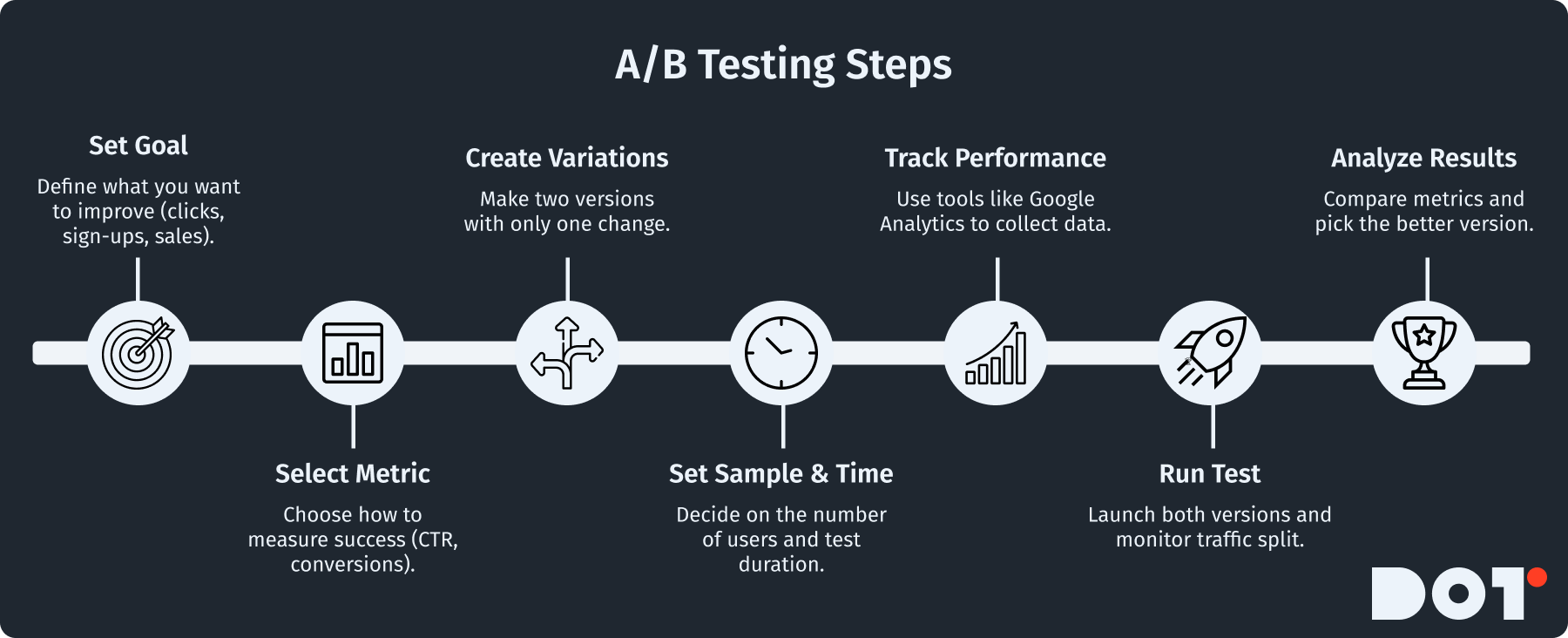
Setting up an A/B test is more than just having an idea. You need to be clear about your goals. Here’s a step-by-step guide to doing an A/B test successfully:
- Define Your Primary Objective: What do you want to achieve? It could be getting more clicks on an email, more sign-ups, or more sales.
- Identify the Metric to Measure Success: Once you know your goal, decide how you will measure success. For example, if you want more sign-ups, look at how many people register.
- Create Your Variations: Create the two versions. Make sure that only one thing changes between Version A and Version B. If you are testing a headline, keep everything else the same. This understanding is crucial for effective ab testing training.
- Decide on Sample Size and Duration: Use past data to estimate how many visitors you need for good results. Run the test long enough to gather reliable data, usually 2-4 weeks to see different user behaviors.
- Implement Tracking Tools: Set up tools like Google Analytics to track how users interact with each version.
- Launch the Test: Start your test and monitor it to ensure both versions get equal visitors.
- Analyze Results: After the test period, look at the data to see which version performed better based on your measurements.
Interpreting A/B Test Results
After your A/B test, it’s time to analyze the results. Here is how to understand what happened:
- Review the Data Collected: Look at the data related to user engagement, conversion rates, and other important metrics. Use your analytics tool to see how each version did.
- Check Statistical Significance: See if the differences between Version A and Version B are significant. If a calculator shows a p-value of less than 0.05, the difference is significant.
- Consider Other Influencing Factors: Think about other factors that could have affected the results, like the time of day or any marketing campaigns you ran during the test.
- Use Visual Aids: Use graphs and charts to help show what you found. Pictures can make trends more visible than numbers alone, and this technique is often covered in ab testing training.
- Document the Findings: Write down what you learned, why one version was better, and ideas for future tests. Creating a solid documentation process is part of effective ab testing training.
Don’t forget to keep testing! Even if one version wins, you can generate new ideas for more A/B tests based on what you learned.
Best Practices for A/B Testing
Common Mistakes to Avoid
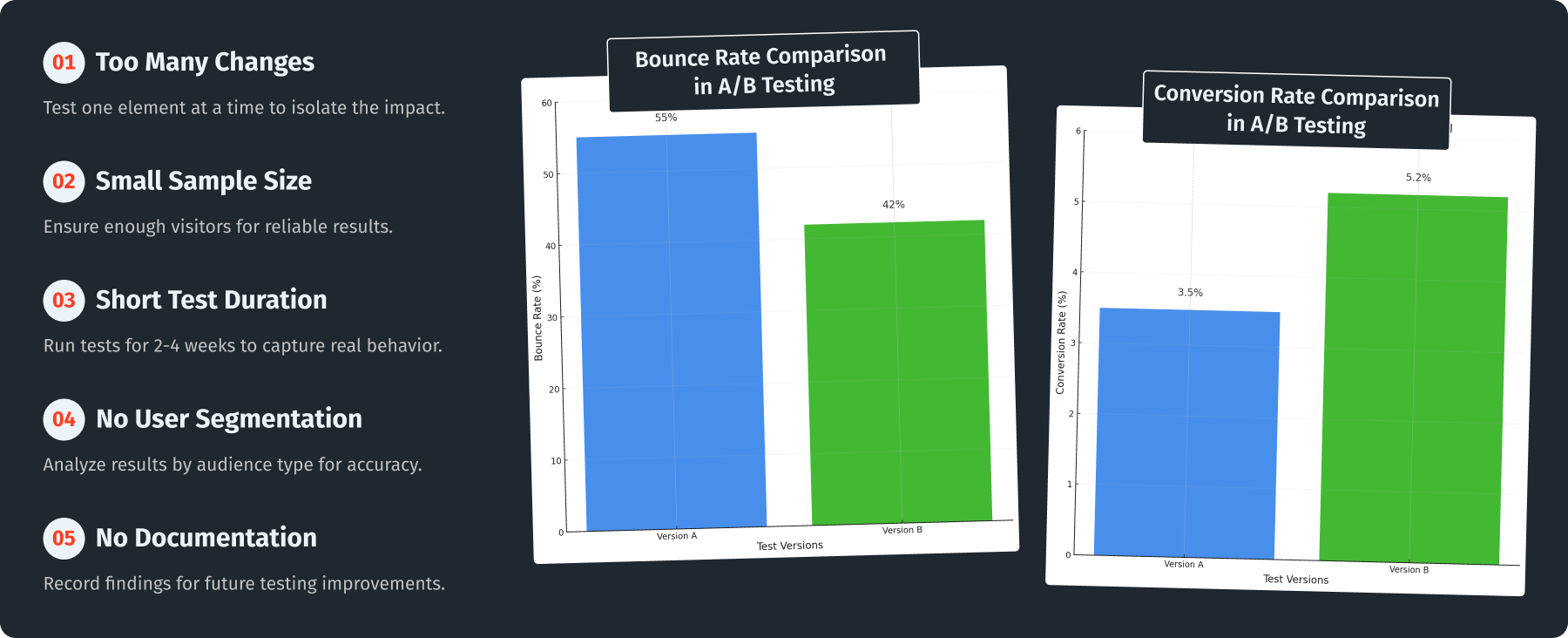
When doing A/B tests, it’s easy to make mistakes that lead to bad results. Here are some to watch out for:
- Don’t change many things at once. Only change one aspect to know what caused the results.
- If your sample is too small, the results can be misleading. Make sure to have enough visitors for reliable results, usually hundreds or thousands.
- If you finish a test too quickly, you might get the wrong conclusions. Tests should run for 2-4 weeks to cover different behaviors.
- Different types of users mix can skew results. Always separate data to get insights for specific user groups.
- Keep a record of what you tested, including goals, test dates, and insights. This information is useful for future testing.
By paying attention to these mistakes, you can make your A/B testing more effective, and these insights are often emphasized during ab testing training sessions.
Continuous A/B Testing
Think of A/B testing as an ongoing process, not just a one-time thing. Regular testing helps you improve and adjust to what users like. Here’s how to keep A/B testing effective:
- Start a culture of frequent tests, like once a month or quarterly. Always look for ways to optimize.
- Create standard procedures for A/B tests so everyone knows how to test and document findings.
- Set up a system where feedback from test results helps guide your future strategies. Use insights to create new ideas for testing that align with digital marketing optimization goals.
- Branch Out: While testing important elements, expand your tests to different areas, like email subject lines or social media ads. Those who participate in ab testing training are usually better equipped to branch out into multiple testing avenues.
By always testing and learning from results, your business can adjust and thrive in a changing digital world.
Summary
In conclusion, A/B testing is a strong method that helps businesses improve their marketing and user experiences. Every step, from setting goals to avoiding mistakes and testing regularly, is important for success. A/B testing is a journey that leads to valuable insights. You can see great improvements and long-term success when you encourage a culture of experimentation. If you’re curious about how A/B testing can work for your business, reach out for a free consultation with our experts at Dot Analytics to get personalized advice and insights! Enhanced by strong ab testing training, your team can achieve these goals more effectively and efficiently.



























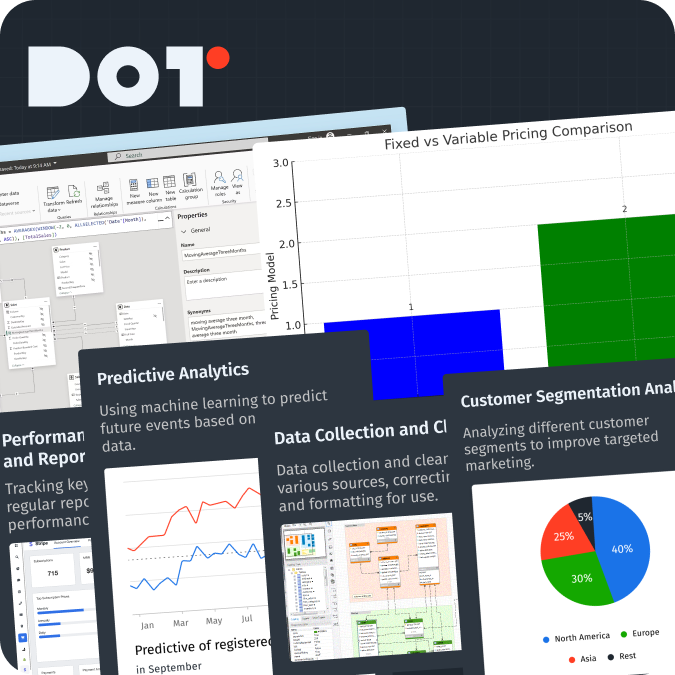
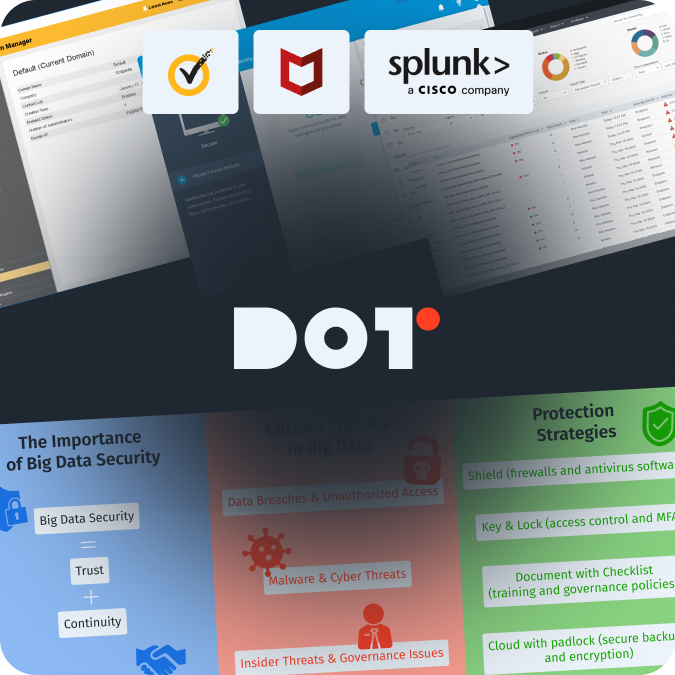
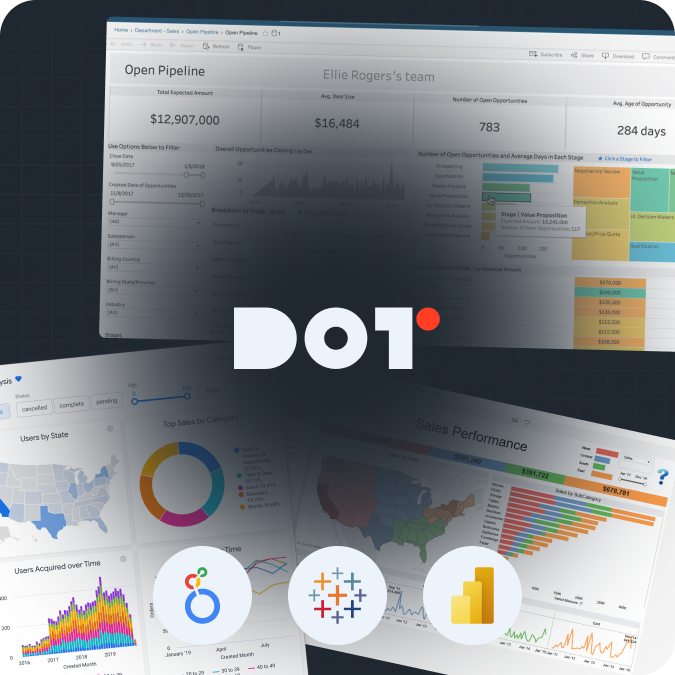
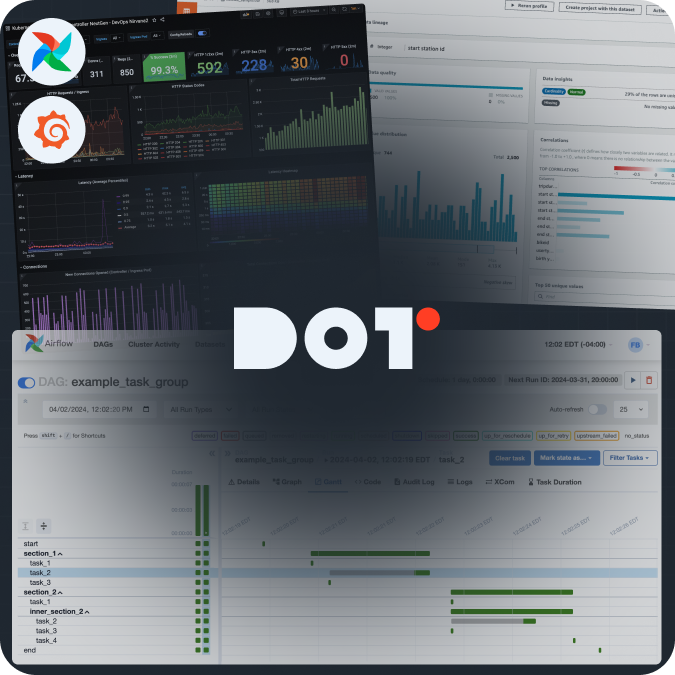
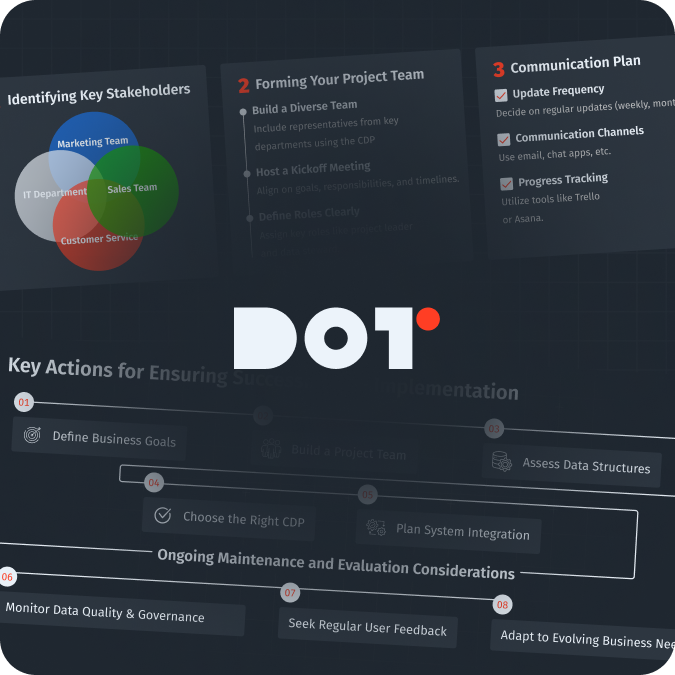

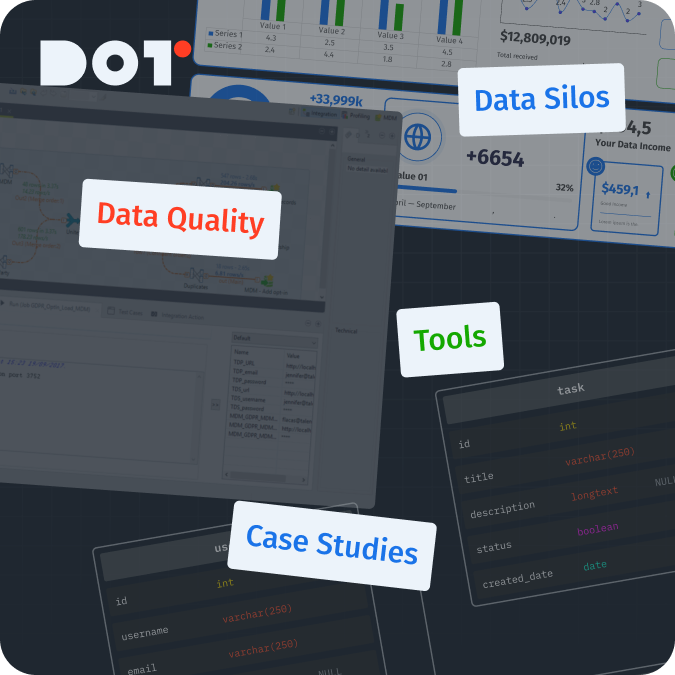
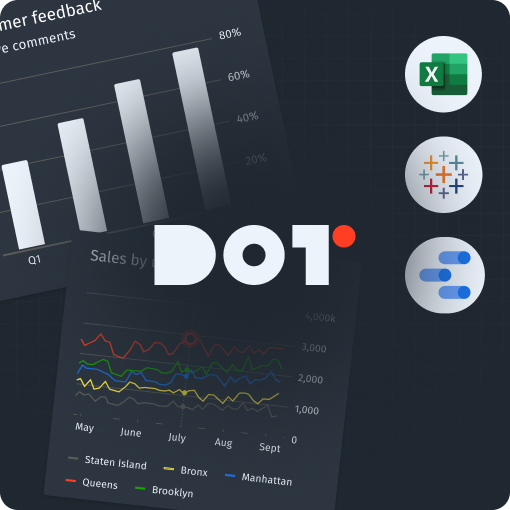



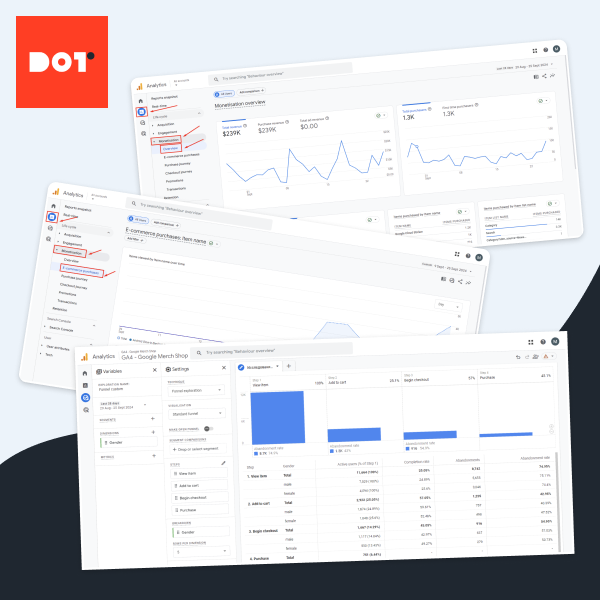
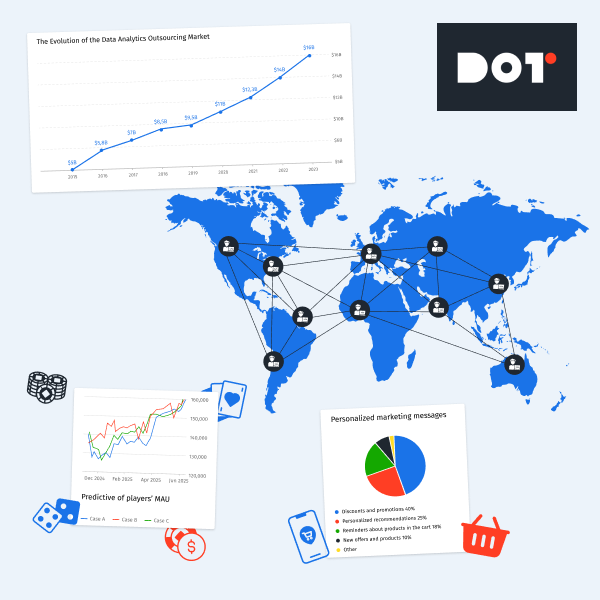
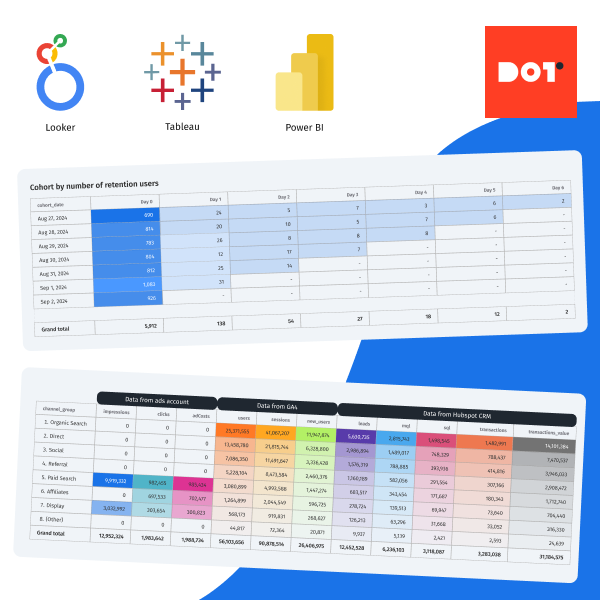
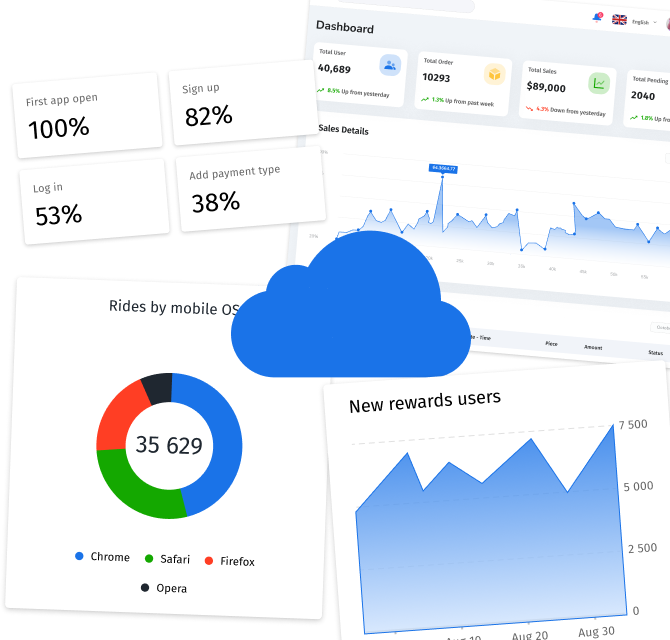
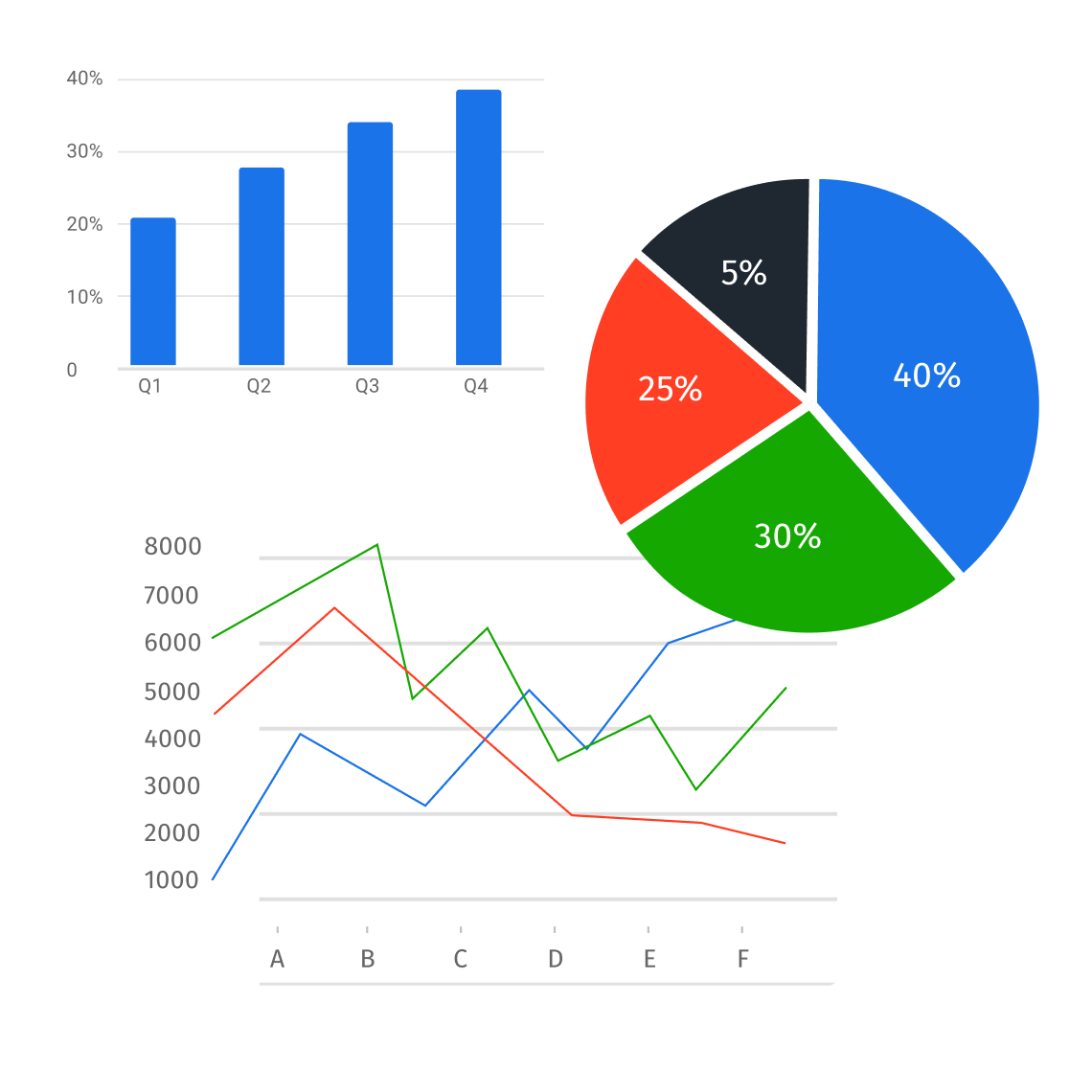
Leave a Reply